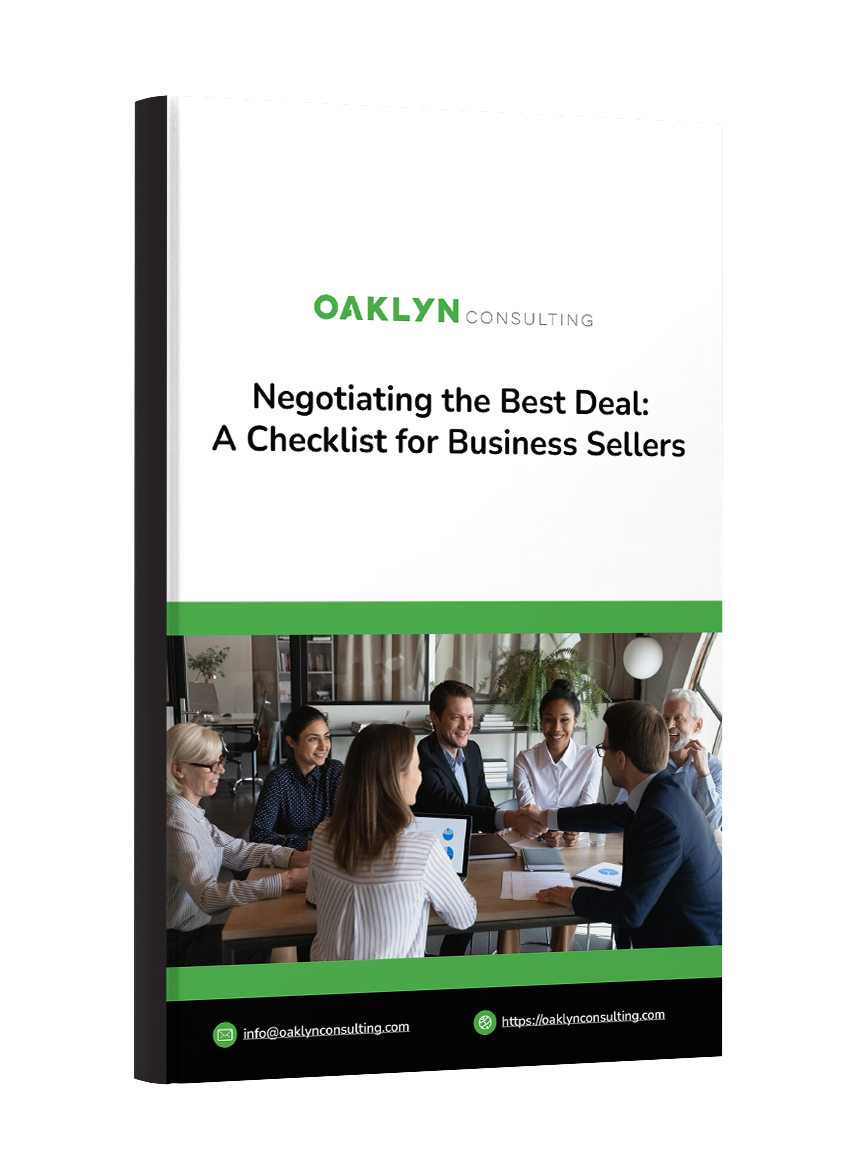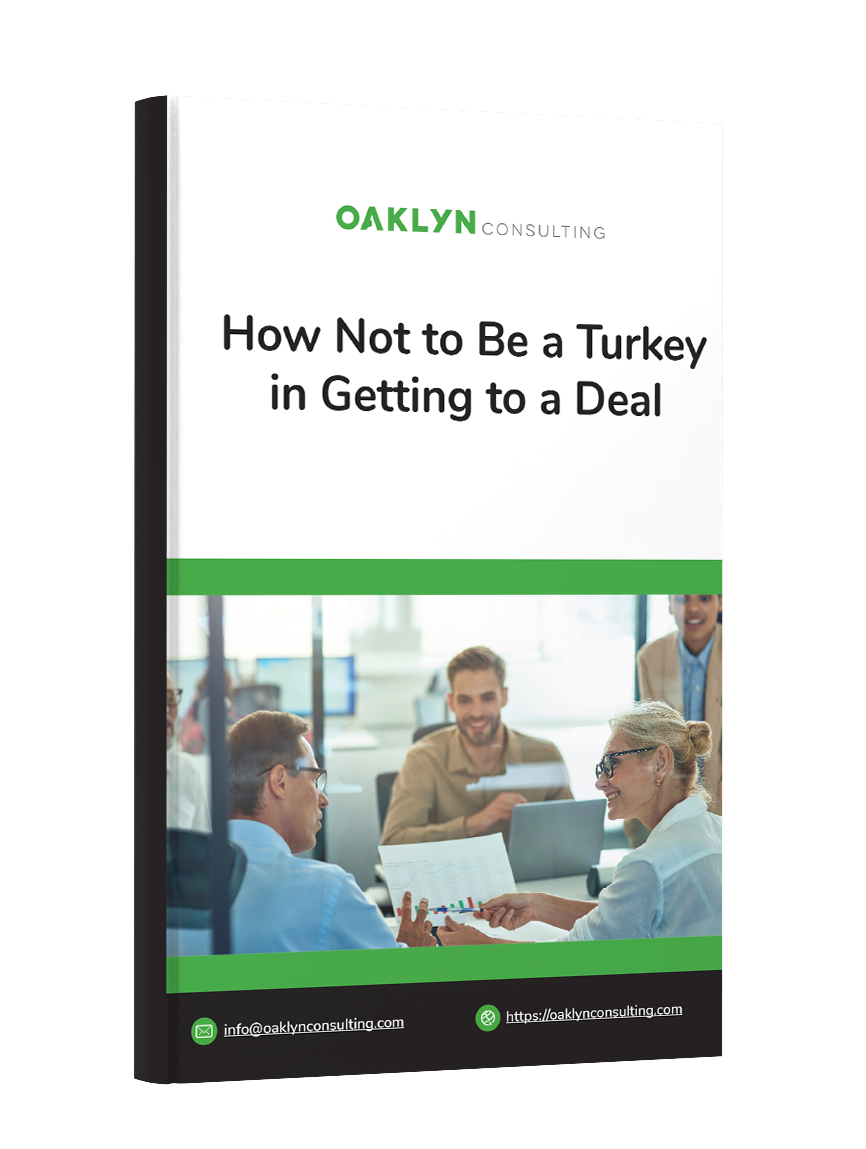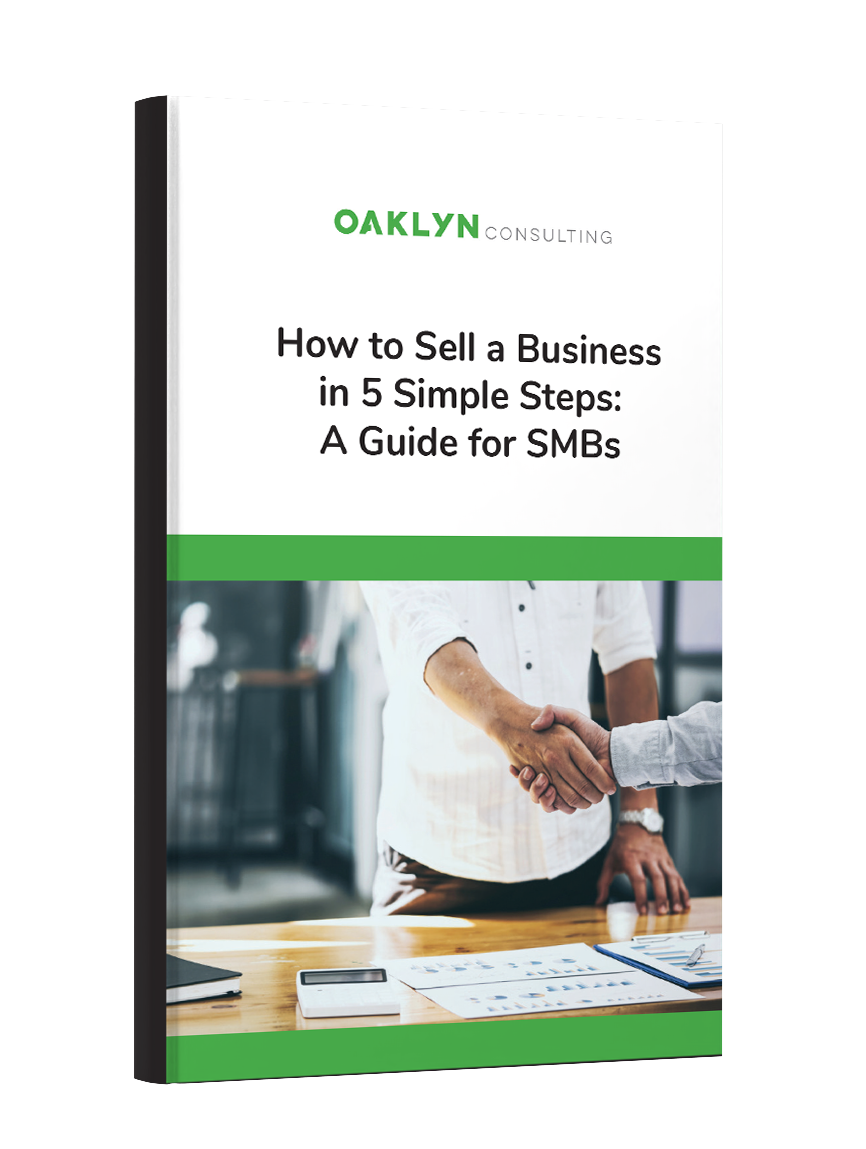Thank you to David Dennis and The Chronicle of Philanthropy for featuring our work with Eckerd Connects and Odle Management. We partnered with Capital Strategies Group to facilitate a merger between these two firms, which will help connect underserved youth and adults with employers across nearly 20 states.
Read the article in The Chronicle of Philanthropy.
Read the article in PDF.
Nonprofits have the power to accomplish great things. This passion to make the world a better place is what fuels organizations like mine. It inspires donors to provide financial support, and it drives team members to work hard to turn their organization’s mission into a reality.
But maintaining a nonprofit’s financial health can at times be a struggle — particularly for small organizations, and especially in these times, as the COVID-19 pandemic continues to wreak havoc on the economy. Before this is all over, we will likely see a number of nonprofits fail.
Some of those that do fail will be the victims of simple bad luck. But for others, this bad economic climate is exacerbating existing financial problems that might have been survivable up until now.
Many organizations don’t evolve as they grow, becoming less effective over the years. Oftentimes, the situation gets gradually worse until survival seems impossible ― a bit like a frog sitting in a pot of hot water on the stove.
Thirteen years ago, when I joined Eckerd Connects as CEO, the organization was in an untenable situation. We made major changes. We merged with Paxen Learning in 2015, Henkel’s and McCoy Training Services Group in 2016, and Odle Management Group in 2020.
The mergers created greater efficiencies and new streams of revenue — and we came out on the other side as a stronger, healthier organization.
The Background
Eckerd Connects was founded in 1968 around the mission of helping at-risk youth overcome their troubles and go on to live healthy, successful lives. Our organization was initially centered on the concept of wilderness therapy. We ran a successful chain of camps that placed at-risk kids in a calming environment where they could focus on emotional growth. Over the decades, we expanded into community-based juvenile-justice programs and school-based prevention services, which we felt were in line with our mission.
Over time, however, the organization’s financial health began to decline. By 2007, when I joined, Eckerd Connects was losing roughly $3 million a year; the deficit was taken from our endowment. This path was not sustainable, and it put the legacy of our founders, Jack and Ruth Eckerd, at risk.
“As a nonprofit, our organization wasn’t designed for financial gain. But it’s not healthy to be constantly scraping by with just enough money to stay open.”
We didn’t have any extra “margin” to invest in tracking outcomes or measuring the impact of our work. When an organization can’t bring in enough revenue to reinvest in itself, maintain its properties, and pay its staff a fair salary, then it can’t be effective in its work.
Running our camps was expensive, but more important, we felt that it wasn’t the most effective way of reaching at-risk youth. We wanted to reach kids who might be in crisis but who weren’t yet in the justice system. This meant looking for ways to serve kids within their own communities, near their existing support systems.
On a practical level, because state funding for our camps was drying up, we knew we had to reinvent ourselves and find other ways to earn money to keep the organization afloat while we did so. The solution seemed clear to me: opening ourselves to the possibility of merging with other organizations.
We started looking for nonprofits and for-profit businesses that served at-risk youth and had existing government contracts in communities where we did not operate. Our first two mergers were with 501(c)(3) nonprofits that helped us replace lost revenue and pay some of our overhead expenses by providing different services, met a need in their communities, and allowed us to compete for government contracts in those states without being an out-of-state organization.
We then homed in on work-force development to reach marginalized young adults aged 16 to 24. Today, our work-force development campuses offer certifications in skills needed by employers, and we help place graduates in jobs.
Our most recent merger, earlier this year, was with Odle Management Group, a work-force-development organization that managed campuses in nine states — Arizona, Arkansas, California, Florida, Louisiana, Pennsylvania, Oklahoma, Texas, and Virginia — for more than 15 years. Odle provides a range of residential, academic- and career-preparation, and job-placement services to nearly 15,000 underserved young adults.
Odle was different from our previous mergers in a couple of significant ways. First, the company was much larger — $90 million in annual revenue, about four times the size of any previous merger. Also, Odle was a for-profit business, which made the merger much more complex.
Unlike mergers in the corporate world, nonprofits can join together without any money exchanging hands. In each merger we’ve participated in, the terms have been different. For instance, in one situation, we convinced a for-profit company to merge with us by agreeing to take on their debt. Another for-profit company donated a small division to us that focused on work-force development and was no longer part of their core business — providing their business a tax benefit while ensuring that the division’s work would go on.
Our merger with Odle was large enough that we needed to get a bank loan. And to get a bank loan, we had to make the case to the bank that our merger made financial sense. But first, we had to make the case to our board of directors.
To accomplish this, we enlisted the help of mergers-and-acquisitions professionals. Oaklyn Consulting in Chattanooga and the Capital Strategies Group in Orlando helped us structure the merger in a way that benefited both parties and asked hard questions that resulted in a more credible deal in the end.
It was invaluable to have the assistance of a third party with deep M&A experience. As a CEO, I like to imagine myself as being level-headed and pragmatic when it comes to important business decisions, but the truth is, it’s easy to fall in love with the idea of a merger that might not make sound business sense.
Our M&A team of Oaklyn and Capital Strategies put the deal through its paces using financial modeling, walking us through a range of possible scenarios. For our board, it was particularly important to hear the deal stated in business language. Although our track record of successful deals over the past decade had engendered trust, our board didn’t want one bad deal to undo the progress we had made. Similarly, when we approached our bank to seek financing, Oaklyn and Capital Strategies helped make our case by validating the merger’s potential financial impact in a report they created for us.
As we merged with Odle, we applied other lessons that we had learned during previous deals. We paid special attention to making sure their team members felt valued and had a clear understanding of the process. We also designed an arrangement to make Odle’s founder, Lisa Odle, feel invested in the company’s continued success.
Merging with another organization is like a marriage. We’ve probably had 50 organizations over the years broach the conversation of a merger with us, and we’ve turned most of them down because they weren’t the right fit for us.
If you marry somebody thinking that person will complete you, you’ll be a burden to each other. But if you marry somebody who’s a whole person on their own, you’ll both thrive. It’s the same way with a merger. If you partner with the right organization, you can face your challenges together and become twice as strong as you were before.



